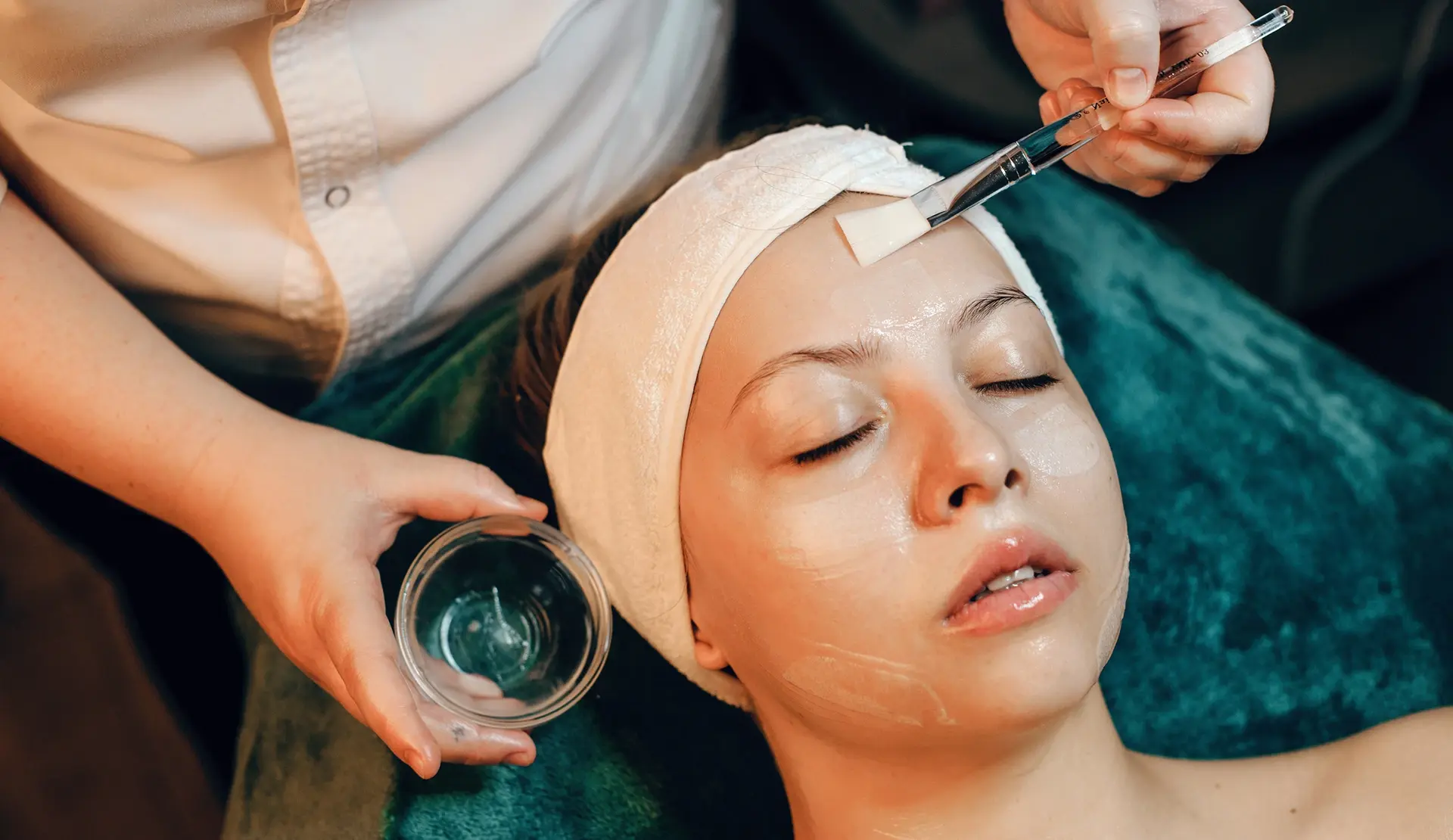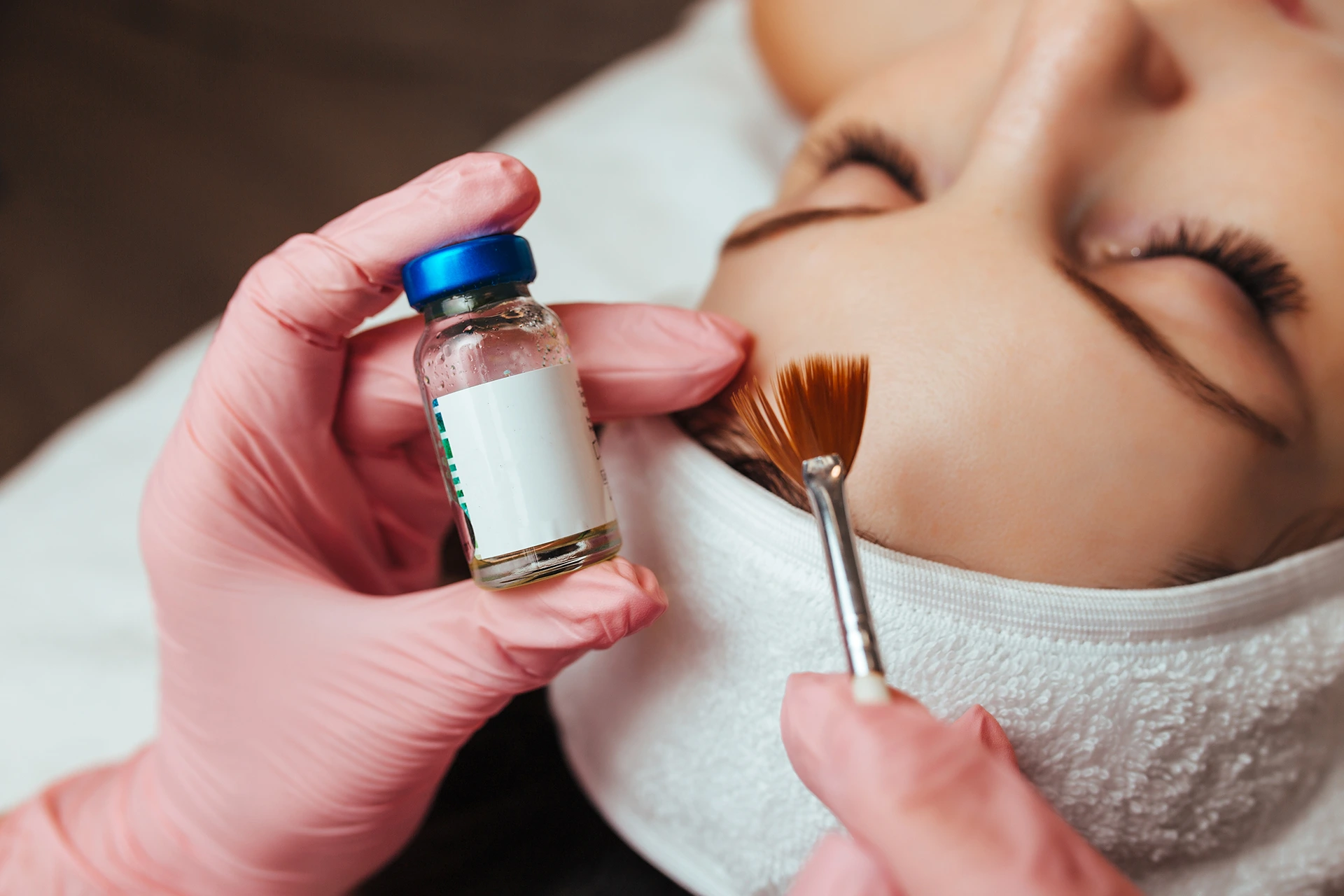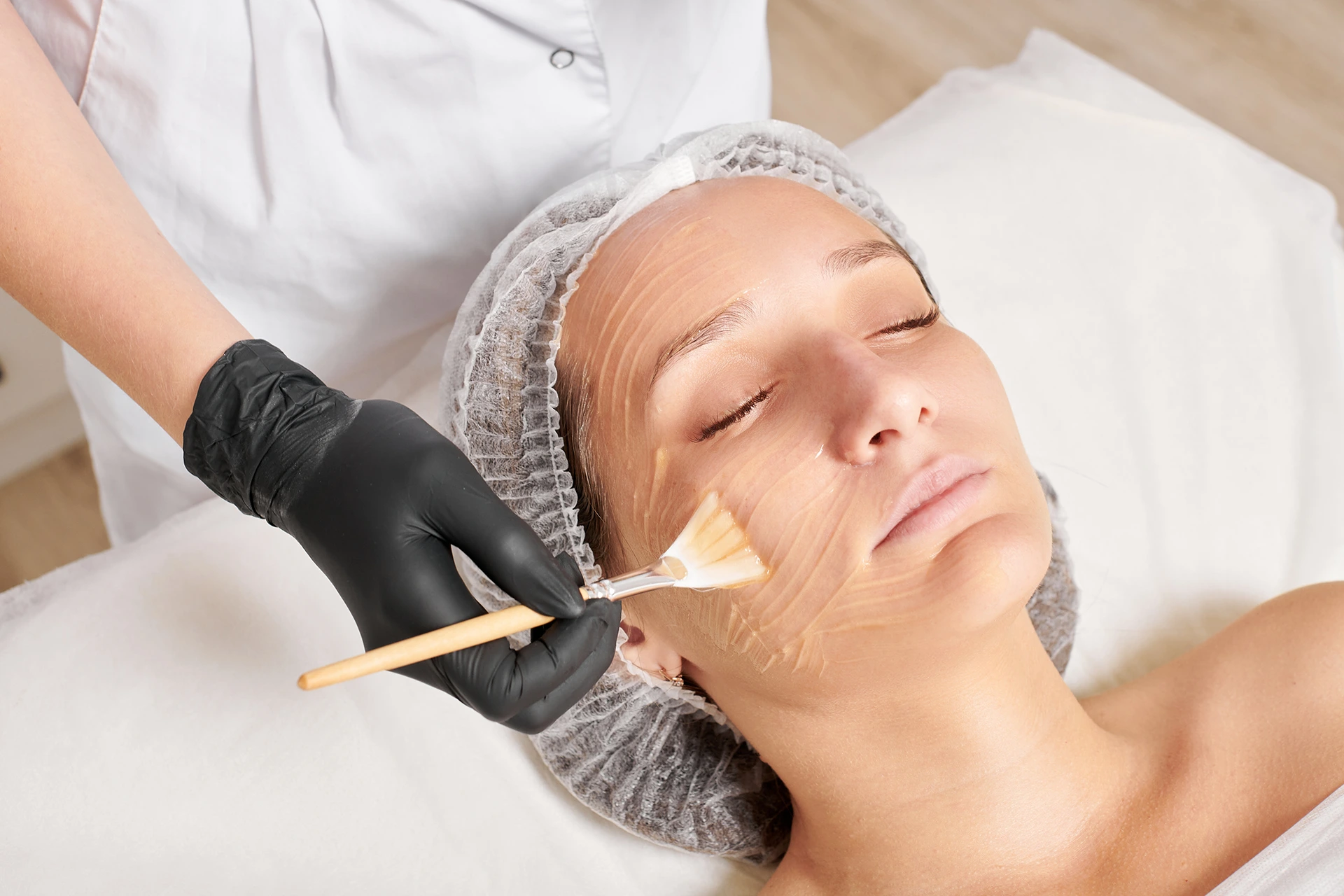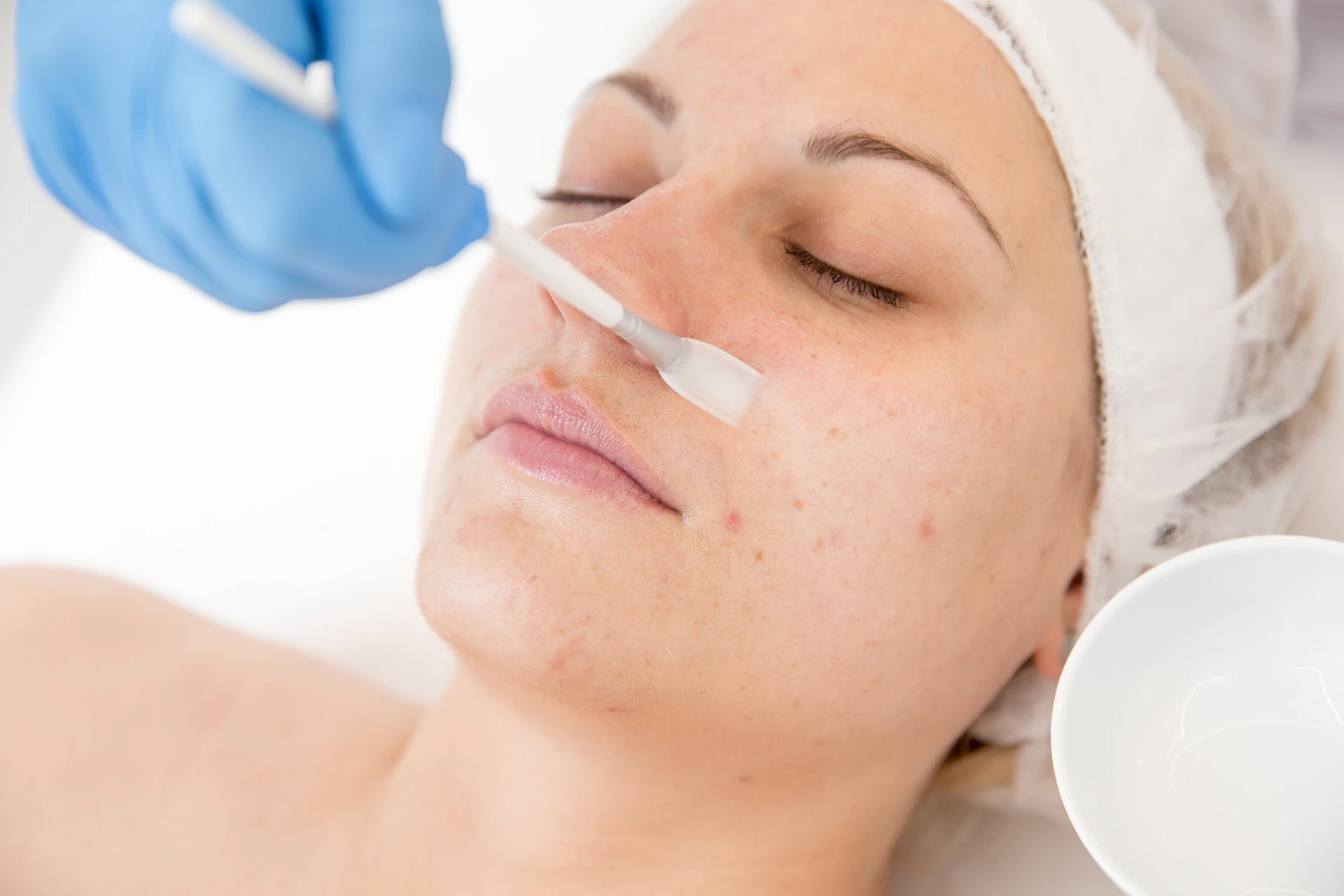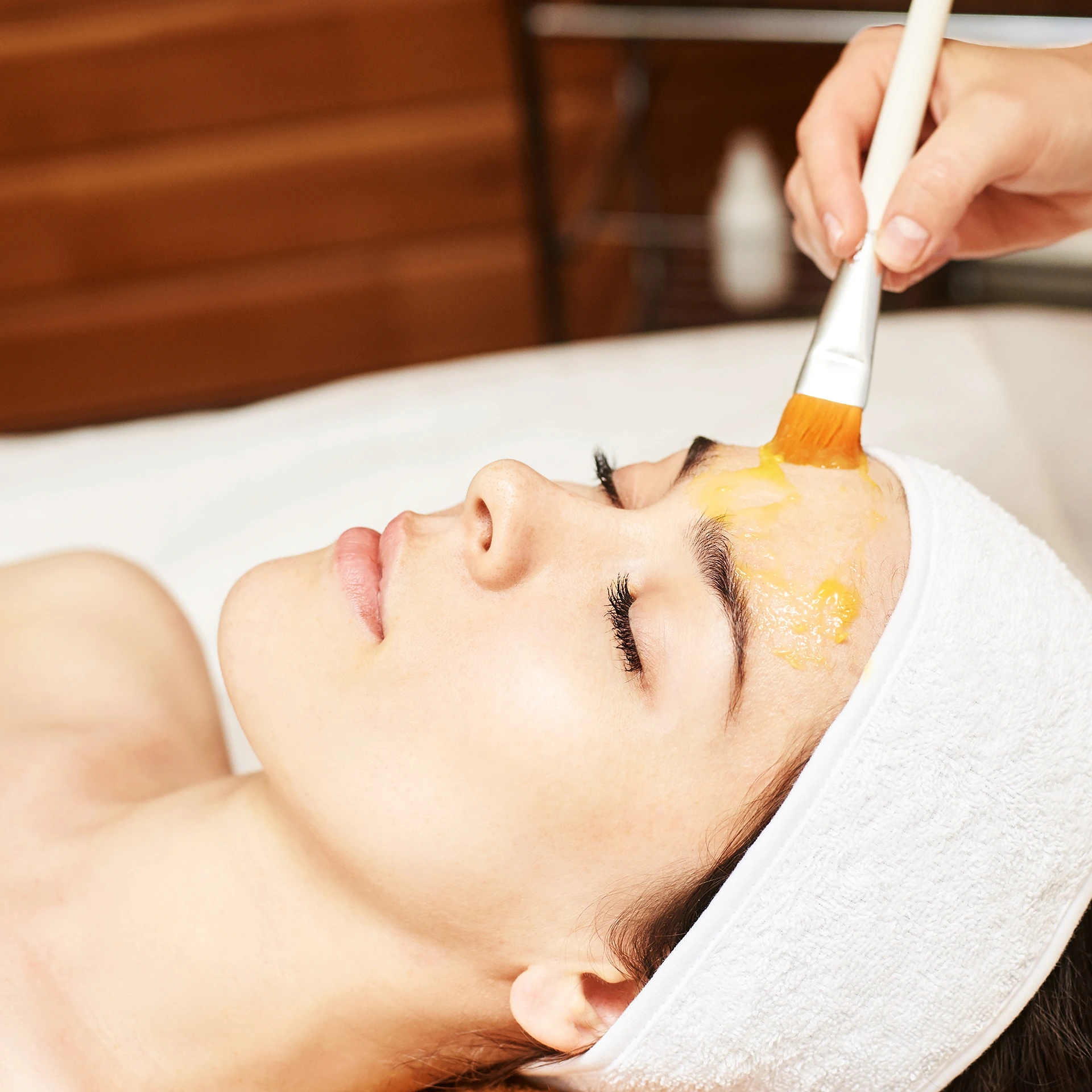How to Determine Optimal Timing Between Peel Treatments
In the United States, chemical peels rank as the third most popular noninvasive cosmetic procedure, having been performed over 1,300,000 times in 2016 alone.
The truth is, there are no hard rules around how often peels “should” be performed. Every patient differs in skin tone, health, sensitivities, and goals. What works for others may not be ideal for you.
This guide explores a customized approach to determining the optimal timing of peel treatments. We’ll cover how factors like peel depth, skin concerns, and responses impact frequency – and why tailoring a peel plan just for you can maximize benefits while minimizing risks.
Let’s unravel the complex topic of peel frequency and discover how a personalized regimen developed by an experienced dermatologist can truly transform your skin in the safest, most effective way. Your journey toward the radiant skin you deserve starts here.
Factors That Determine Chemical Peel Frequency
Several key factors determine how often chemical peels should be performed for optimal results.
- The type of peel, based on acid strength and depth, is a major determinant of frequency.
- The condition and sensitivity of a patient’s skin also affect peel frequency. Those with sensitive, acne-prone, or severely photodamaged skin may need to space peels farther apart to allow more healing time in between.
- The specific skin concerns a patient wants to treat influence how often peels can be performed effectively. Issues like deep wrinkles and severe acne scars may warrant deeper, less frequent peels compared to mild texture or discoloration issues.
How Often Should You Get Light Chemical Peels?
Light chemical peels using mild alpha hydroxy acids like glycolic or lactic acid can safely be performed every 4 to 6 weeks to address superficial skin concerns.
Light peels are typically recommended on a monthly basis to allow the skin adequate time to heal and prepare for the next treatment.
These superficial peels work well for treating minor skin issues like:
| Skin Condition | How it Works |
| Improving rough, bumpy skin texture | Mild exfoliation helps smooth out minor irregularities and refine pore size. |
| Resolving uneven skin tone | The desquamation of dead skin cells reveals a more luminous, consistent complexion. |
Light peels can be incorporated into a patient’s regular monthly skincare regime, fitting between other procedures and visits. The minimal downtime allows patients to book light peels around work and lifestyle commitments.
How Often Should You Get Medium Chemical Peels?
Medium-depth chemical peels are typically recommended every 3 to 4 months to address moderate skin conditions without over-exfoliating the skin.
Medium peels using acids like glycolic or salicylic at higher concentrations are scheduled about every 3 to 4 months to balance efficacy and safety. This spacing allows sufficient recovery time between treatments.
These medium-depth peels work best for:
| Skin Condition | How it Works |
| Improving pigmentation issues | Addresses melasma, sun spots, and post-acne hyperpigmentation. Controlled inflammation aids in melanin desquamation and lightening. |
| Reducing the appearance of fine lines and wrinkles | Dermal stimulation encourages collagen and elastin production over time for smoother, plumper skin. |
These peels should only be performed by experienced providers like board-certified dermatologists or specially trained aestheticians. They involve higher acid levels that require expertise to apply safely and avoid side effects.
How Often Should You Get Deep Chemical Peels?
Deep chemical peels are typically scheduled once per year or less frequently due to their intensive nature and extended downtime.
Peels using high-strength acids above 50% are spaced at least 6 months to 1 year apart to allow sufficient healing and prevent overtreatment. The intense exfoliation requires significant recovery time between sessions.
Deep peels work best for tackling:
| Skin Condition | How it Works |
| Severe signs of photoaging | Addresses deeper wrinkles and laxity caused by years of sun exposure. Deep dermal stimulation encourages collagen and elastin regeneration. |
| Deep acne scarring | Characterized by visible pockets and indentation. Aggressive exfoliation helps resurface the dermis and stimulate collagen formation. |
The timing of subsequent deep peels is determined after an initial consultation where dermatologists assess a patient’s specific skin type, condition, and goals. Deeper peels are tailored to each person’s individual needs and responses.
Extended Recovery for Deep Peels
The extended recovery time is necessary to address peels that:
- Stimulate thick bands of collagen deep within the dermis for improving skin laxity and wound healing. This collagen maturation occurs gradually over weeks.
- Greatly increase skin cell turnover within the deepest layers of the epidermis. New skin cells must fully differentiate and migrate to the surface, which takes time.
For very aggressive deep peels used to treat severe conditions, recovery times of 4 to 6 weeks may be needed. Patients should avoid social plans, makeup, and exposure to the sun for the duration.
Considerations When Scheduling
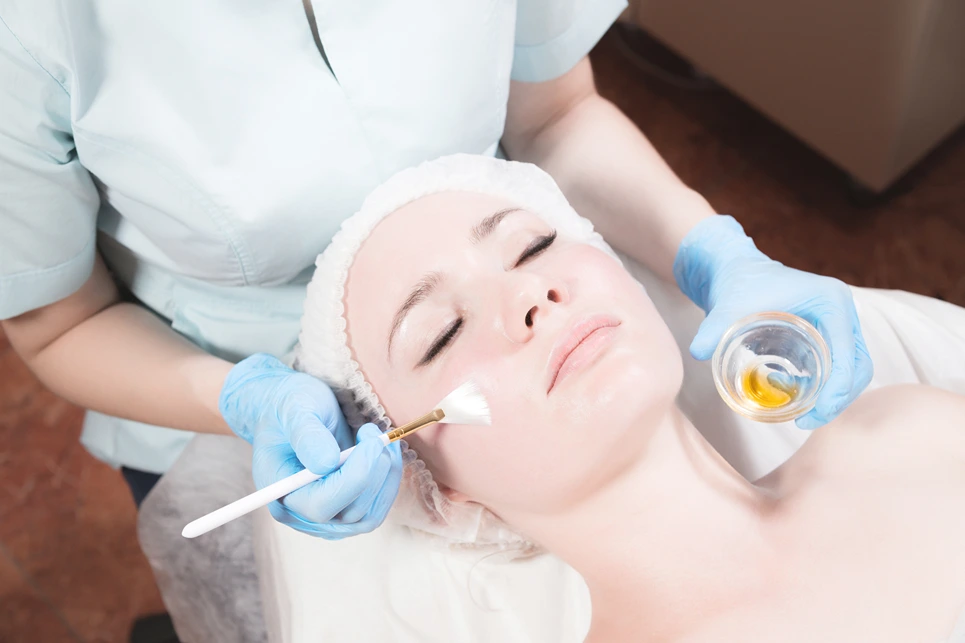
Several factors related to aftercare and a patient’s individual response should be considered when determining the timing of subsequent chemical peel treatments.
- The level of aftercare and the amount of downtime required following peel impacts scheduling . More intensive aftercare procedures and longer recovery times may necessitate longer intervals between peels.
- The degree of post-peel sensitivity and irritation also influences scheduling. Patients who experience more erythema, burning, or tenderness may benefit from spacing treatments farther apart to allow their skin to fully recover.
- How a patient’s skin responds to previous peels, in terms of healing speed, hyperpigmentation risk, and own-recovery duration, should be evaluated before planning follow-up treatments. Those who react more severely may need to space peels at longer intervals.
When to Adjust Frequency
The frequency of chemical peel treatments may need to be adjusted based on a patient’s individual circumstances and responses. Several situations warrant changing the timing of subsequent peels:
- Reactions to previous peels. If a patient experiences severe side effects like prolonged hyperpigmentation, infection, or slow healing with peels spaced at a certain frequency, dermatologists may recommend longer intervals between future treatments.
- Changes in skin condition. Worsening skin conditions like eczema flares or acne breakouts may require spacing peels further apart to allow the skin to heal fully between exfoliations.
- Introduction of new medications. Some drugs can make skin more sensitive and prone to side effects, necessitating less frequent peels until the patient’s tolerance increases.
- Life changes and stressors. Major events like pregnancy, illness, and high stress may impact skin healing and require adapting the timing of peels.
- Worsening of underlying conditions. Escalations in conditions like melasma or rosacea may necessitate temporarily less frequent peels to avoid aggravating symptoms.
- Inadequate results. If peels performed at a certain frequency are not producing desired results, dermatologists may recommend intensifying treatments by decreasing the interval between peels.
Transform Your Skin with Customized Chemical Peels from CosMedic LaserMD
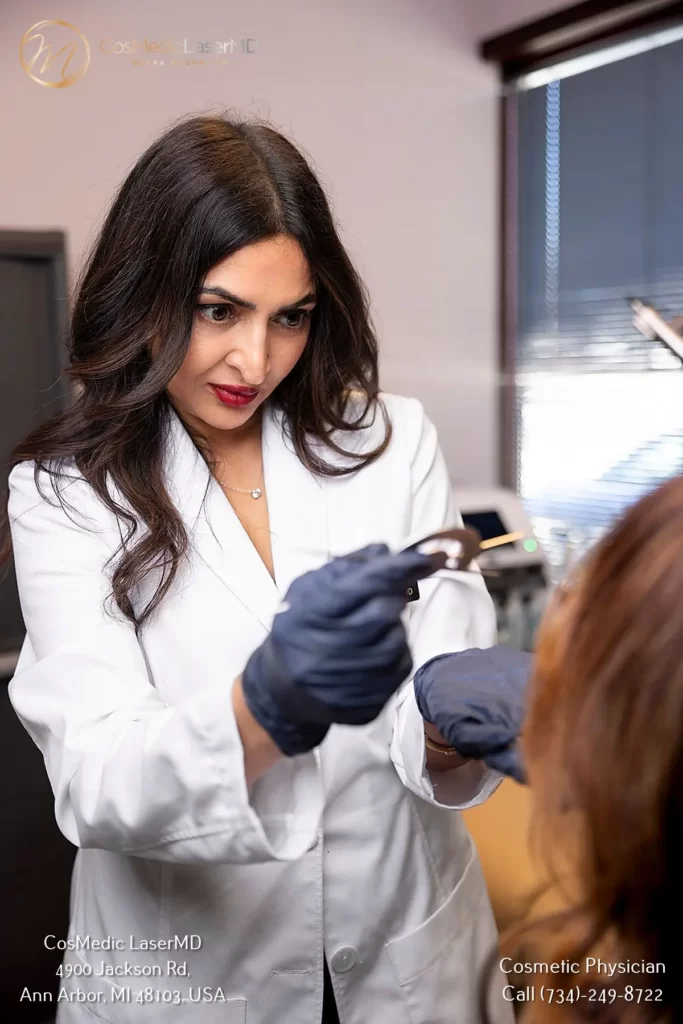
While general guidance exists around chemical peel frequency, the reality is that every patient’s skin needs and goals are unique. When it comes to safely and effectively transforming your complexion through sequential chemical peels, the input of experienced dermatologists makes all the difference.
At CosMedic LaserMD, our board-certified dermatologists take a comprehensive, customized approach to chemical peel treatments. After thoroughly assessing your skin type, medical history, and aesthetic goals, we’ll recommend the most suitable peel agent, strength, and application protocol.
Our skincare experts will monitor your response to each treatment and adjust the timing of subsequent peels accordingly to maximize results while minimizing side effects. And through adjunct procedures, tailored post-peel care, and ongoing consultations, we’ll help you achieve your desired improvements – whether it’s reducing fine lines, tackling acne scarring, or evening skin tone.
Transform your complexion with precisely timed, sequenced chemical peel treatments developed just for you. Call CosMedic LaserMD today at (734) 249-8722 to take the first step toward your custom chemical peel journey. Let our experienced dermatologists customize a peel schedule that will safely and effectively transform your skin over time. Book your confidential consultation today.

